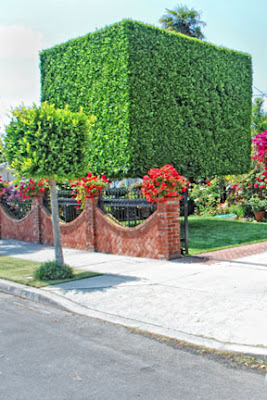 First, the proper equipment. You need sharp pruners or loppers. As long as they are sharp, most pruners or loppers will do, but the best brands are Felco, Fiskar, Bahco, and Corona.
First, the proper equipment. You need sharp pruners or loppers. As long as they are sharp, most pruners or loppers will do, but the best brands are Felco, Fiskar, Bahco, and Corona.Next, the technique. Cut all branches cleanly with no jagged edges. Prune just after a branch or bud and if next to the trunk, prune flush to the trunk.
Warning: Do NOT use tar or any product on the wound. Mother Nature will heal it up all on her own. The use of these products will kill the cambium layer of the tree in that area. The cambium layer is the area just below the bark that divides to produce wood or xylem on the inner side toward the center of the tree. Leave the wound open to air.
Light Pruning
Trees and shrubs can be lightly pruned any time of the year. If it is a flowering tree or shrub, prune it right after it blooms. If you find disease in a plant or insect infestation, wipe down your tools with alcohol before moving onto the next shrub.
You prune to:
- Help shape the plant (but try to stay with the natural shape of the plant)
- Help balance the shape of a plant
- Remove a weird branch that is sticking out
- Remove dead branches. Dead branches can encourage disease and pest infestation, so they need to be removed as soon as possible.
- Removing crossing branches.
Hard pruning of Crape Myrtles is not only ugly, but an unsound horticultural practice. It promotes unhealthy sucker growth and exposes the tree to disease and insect infestation.
And please, unless you are Pearl Fryar, try to stay with the natural shape of the plant.



No comments:
Post a Comment